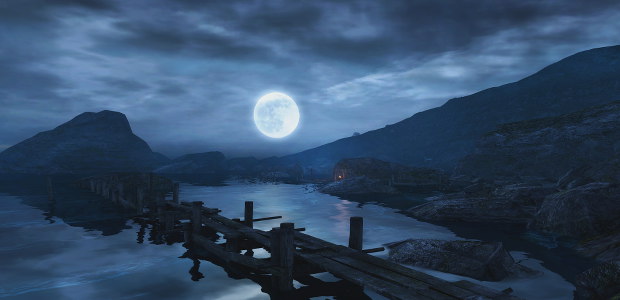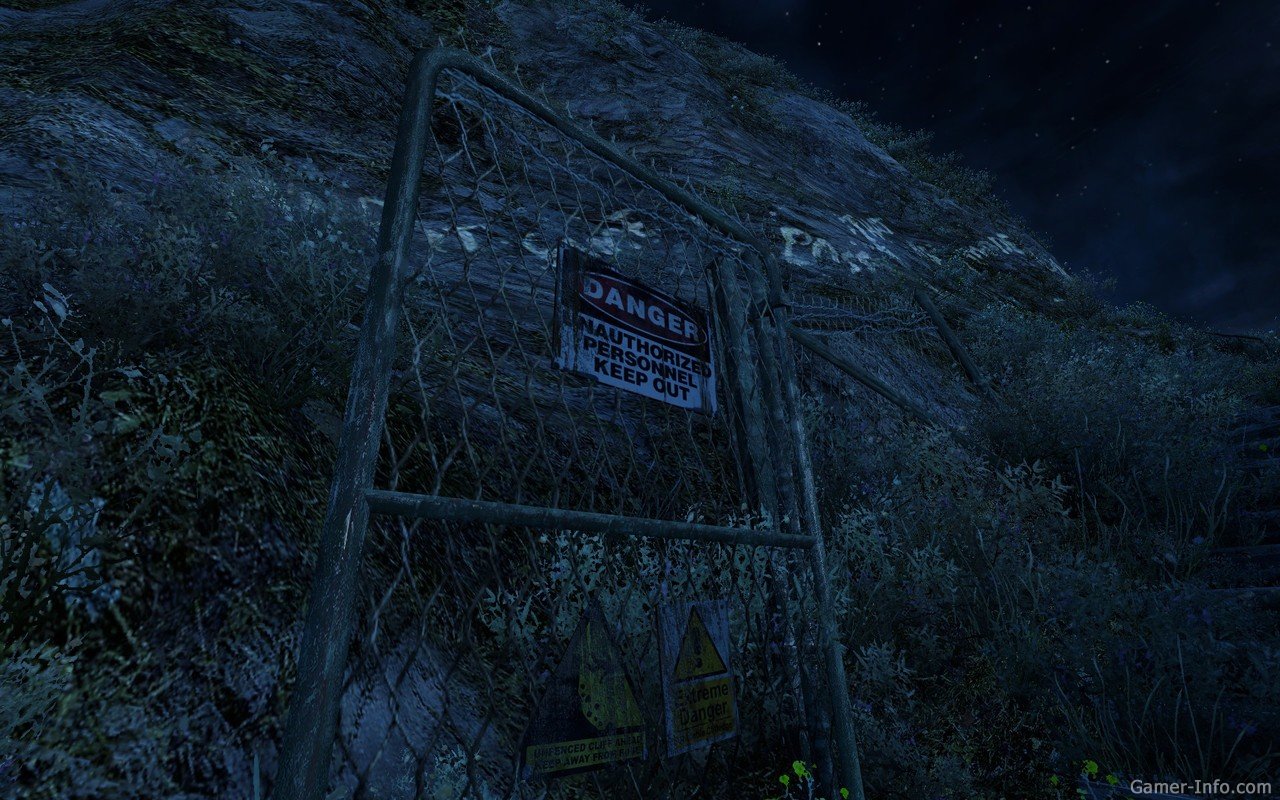
Recreate the Soundscape system in Source (Done using the excellent Sound Manager Pro Plugin) Workaround for lack of max fog opacity control (I always had fog_maxdensity set to 0.9 in Source so it never becomes a solid wall of colour – still trying to work this one out for Unity though) Solving a lack of 3D Skybox in Unity (I ended up scaling the skybox models up to match the scale set in Source – not the most efficient way to do it I know, but I’m working on that!) was more guesswork, and I still haven’t found an exact formula for it). Recreate lighting (again stuff like light strength, falloff, etc. It wasn’t a completely straight forward process of just importing assets though, and I still had to do the following:Ĭreate lightmap UV’s for all of my models, since Unity doesn’t support vertex lightingĬonvert everything between Source’s units of measurement and Unity’s (Source=inches, Unity=meters, although Source seems to have some crazy voodoo measurements going on some of the time). After generously letting me into the alpha testing team, I got stuck in. The design will be instantly familiar to anyone like myself who has tinkered with UDK’s shader editor, and seemed like the last piece of the puzzle I needed to get started on bringing in content to Unity.

He was working on a very early version of node-based shader editor for Unity called Shader Forge. Later, whilst venting my frustrations over twitter, a very kind person directed me to a recent post on Polycount by a guy called Joachim Holmér. Initially I tried Strumpy’s Shader Editor, but it was very unfamiliar and horribly broken for the most part. I had a strong idea of how they could be recreated, but being a useless coder I was kind of at an impasse. Shader ForgeĪlthough most of Source’s shaders aren’t the most sophisticated, they have a very distinct look to them which isn’t reproducible with the basic set of shaders that come with Unity. The final result was an exact replica of my levels inside Max, all ready for exporting!Īfter that I had only one roadblock remaining: Shaders. I decided to contact Shawn and see if he’d be interested in finishing up the importer if I commissioned him for his time, and fortunately he was more than happy to help, actually taking it far beyond my original expectations: The Final VMF Importer not only had the ability to import brushes and displacements, but absolutely everything, from the models and textures, to triggers and entities. It was, however, mostly unfinished and had a lot of issues that needed addressing before it could be useful. Included in the toolset was a early VMF importer which looked very promising. He’d made a bunch of nifty tools for designing maps and compiling models directly in 3DS Max, which could be exported straight into hammer (Man how I wish I’d had these 5 years ago!).
Dear esther unity free#
It was only after searching for “VMF tools” that I stumbled across something very promising: A free set of scripts for 3DS Max called the Wall Worm Model Tools by Shawn Olson.
Dear esther unity full#
Hammer has a internal DXF exporter but it is horrid, and externally, all I could find were a couple of really old tools, the best of which was Nem’s Crafty but unfortunately it didn’t export full displacement data such as vertex alpha, which is vital to get blend textures working. So I started searching to see if there was any way to convert BSPs into some kind of readable format for 3DS Max. I had the source files for models and textures, but the biggest problem was extracting content created within the Source Engine itself: stuff like the brushes and displacements which the environments are heavily made up of and which are only stored in Source’s VMF and BSP formats.
Dear esther unity how to#
The biggest obstacle I faced was how to get all of the content out of the Source Engine and over to Unity.
Dear esther unity code#
Overall, I’d estimate Dear Esther to be 10% gameplay code and 90% content, so starting out, my number 1 priority was to get the content into Unity.

So I thought I’d do a follow-up to my previous post on the Dear Esther Unity port with a little more detail for those of you who are curious about exactly how I managed it and some of the tools I used: Content


 0 kommentar(er)
0 kommentar(er)
